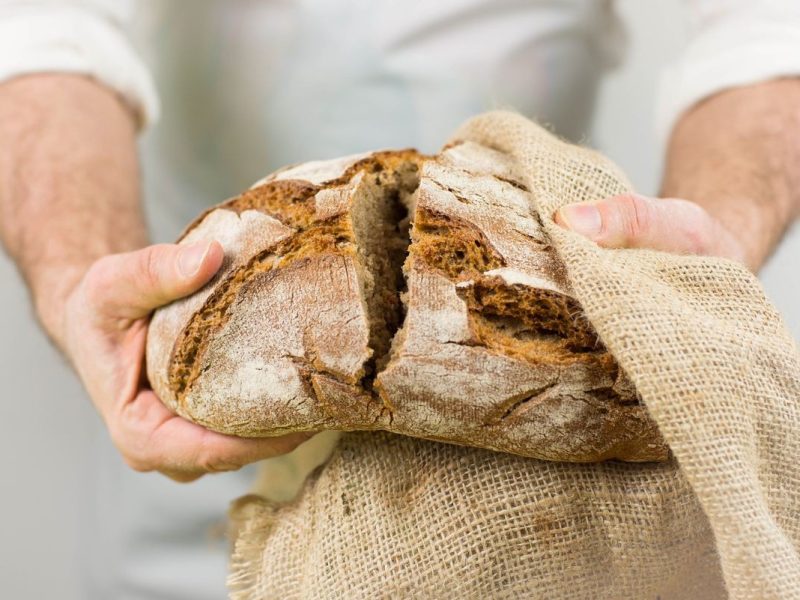
Bread Waste in the United States: A Fresh Perspective on a Stale Problem
Bread, a staple food item for countless households across the United States, plays a significant role in our daily diets. However, what many may not realize is that bread waste has become a substantial issue in the country, contributing to food waste, environmental concerns, and economic inefficiency. In this article, we delve into the issue of bread waste in the United States, examining its root causes, consequences, and potential solutions.
The Bread Waste Epidemic
Bread waste in the United States is not a trivial concern. According to the U.S. Environmental Protection Agency (EPA), food waste constitutes a significant portion of the nation’s municipal solid waste, and bread is among the top discarded food items. This issue begins at various points in the bread supply chain and extends to households, resulting in considerable waste.
- Supply Chain Waste
One of the primary contributors to bread waste occurs within the supply chain itself. Bakeries, distributors, and retailers often overproduce or mishandle bread products, leading to unsold or discarded items. This results in not only wasted food but also squandered resources, including water, energy, and agricultural inputs used in bread production.
- Expiration Dates and Consumer Behavior
Another significant factor in bread waste is the misunderstanding of date labels. Many consumers mistake “sell by,” “use by,” and “best before” dates as indicators of spoilage rather than quality. As a result, perfectly edible bread often gets discarded prematurely. Consumer habits, such as buying more bread than needed or forgetting about loaves in the pantry, also contribute to waste.
- Lack of Knowledge About Food Donation
Though some bakeries and supermarkets have programs to donate unsold but still edible bread to charities, many remain unaware of these opportunities or the Good Samaritan Food Donation Act, which protects donors from liability when donating food in good faith. This lack of knowledge hampers efforts to redirect surplus bread to those in need.
Consequences of Bread Waste
Bread waste has far-reaching consequences, affecting the economy, the environment, and food security.
The economic cost of bread waste is substantial. It not only involves the loss of the bread itself but also the wasted resources used in production, transportation, and distribution. Furthermore, retailers and businesses incur additional disposal costs for discarded bread.
- Environmental Implications
Bread waste contributes to the environmental footprint of food production. When bread ends up in landfills, it decomposes and generates methane, a potent greenhouse gas. Additionally, the resources used to produce the wasted bread, such as water and energy, are also lost.
- Food Insecurity
While bread waste occurs, millions of Americans experience food insecurity, struggling to access enough nutritious food. Redistributing surplus bread to those in need could help alleviate hunger in the country.
Solutions to Bread Waste
Addressing bread waste in the United States requires a multifaceted approach that involves various stakeholders, from producers to consumers.
Bakeries, supermarkets, and distributors can employ improved inventory management practices to reduce overproduction and manage stock more efficiently. Adopting “just-in-time” production methods can help minimize waste.
Raising awareness among consumers about the true meaning of date labels and how to store bread properly can help extend the shelf life of bread and reduce premature disposal.
Encouraging more bakeries and retailers to participate in food donation programs can redirect surplus bread to food banks and charities, benefiting those in need while reducing waste.
Individuals can play a crucial role by buying bread mindfully, freezing excess loaves for later use, and learning to recognize the signs of bread spoilage to prevent unnecessary discards.
Bread waste in the United States is a significant issue with far-reaching consequences for the economy, the environment, and food security. Tackling this problem requires a collaborative effort involving producers, distributors, retailers, and consumers. By implementing better inventory management, educating consumers, supporting food donation programs, and practicing responsible household habits, we can reduce bread waste, conserve resources, and contribute to a more sustainable and food-secure future for our nation.




